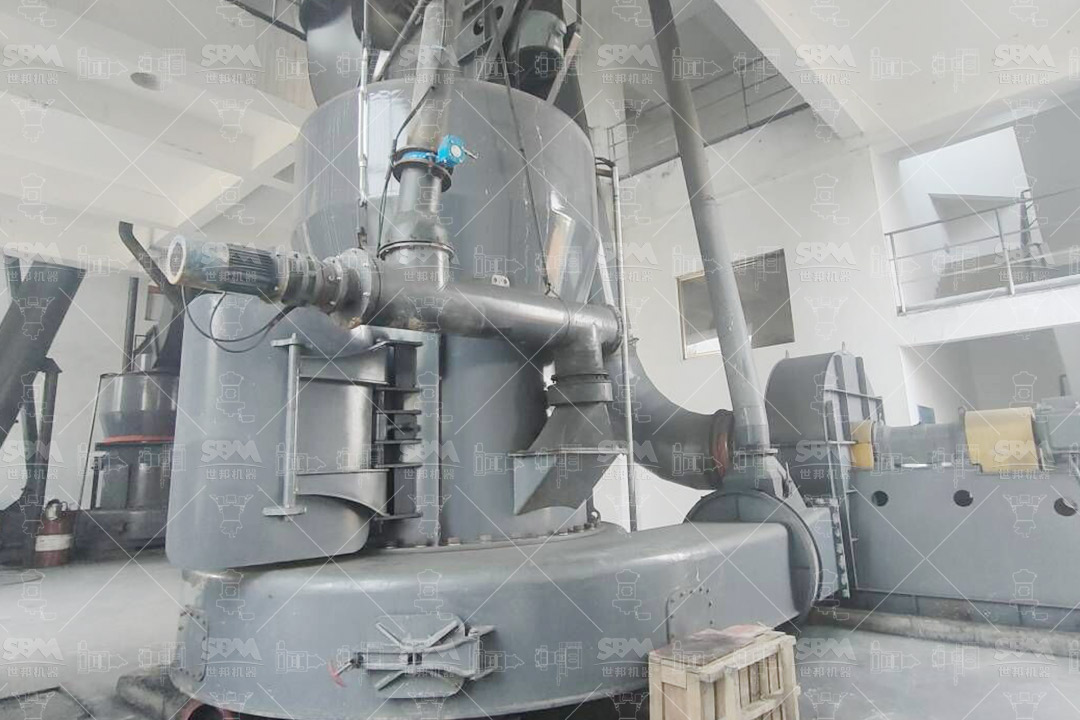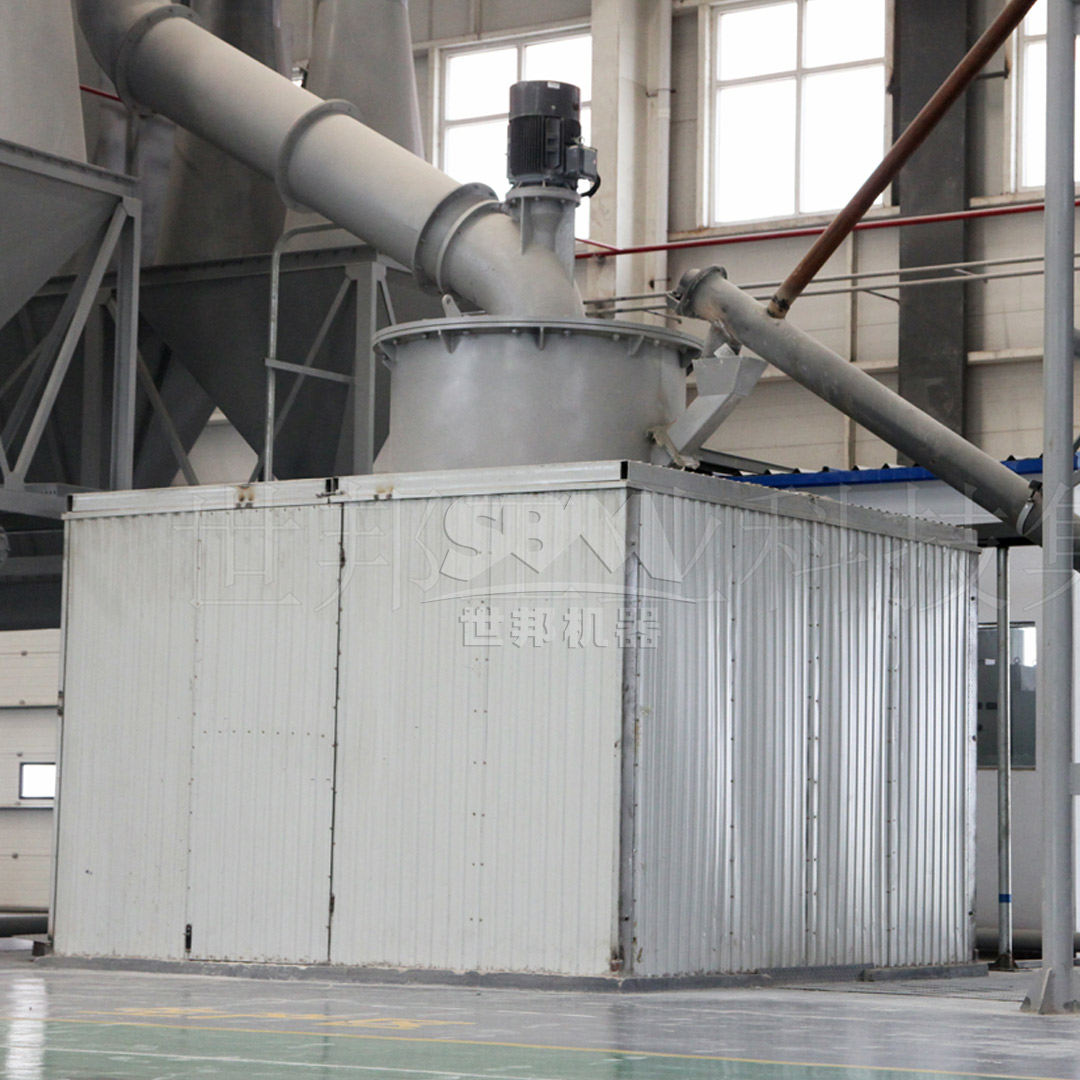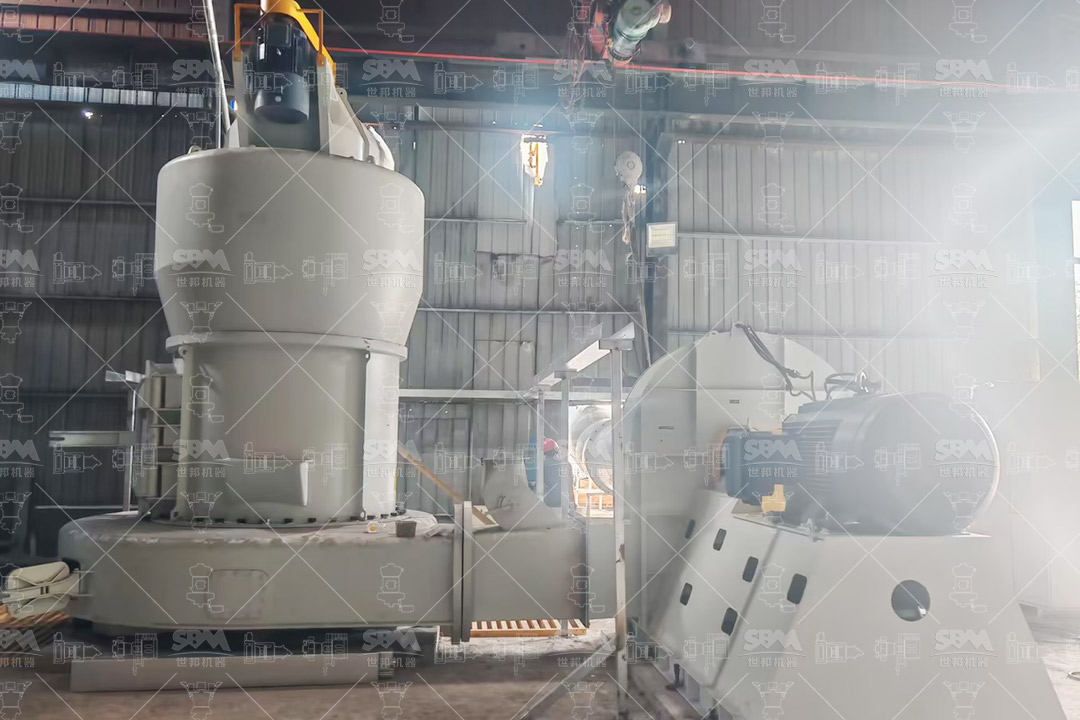Raymond mills, also known as pendulum roller mills, have been a cornerstone of industrial grinding operations for decades. These robust machines are designed to handle demanding materials processing tasks across various industries, including mining, construction, cement production, and chemical processing. Understanding the typical lifespan of these mills and the factors that influence their longevity is crucial for operational planning, maintenance scheduling, and capital investment decisions.
The operational lifespan of a Raymond mill in heavy-duty applications is not a fixed number but rather a variable that depends on multiple interconnected factors. These include:
| Factor | Impact on Lifespan | Typical Range |
|---|---|---|
| Material Hardness | Higher hardness reduces lifespan | Mohs 3-9 |
| Operating Hours | Continuous operation accelerates wear | 6,000-8,000 hours/year |
| Maintenance Quality | Proper maintenance extends lifespan | 20-50% lifespan variation |
| Environmental Conditions | Corrosive environments reduce lifespan | Variable by location |
The overall lifespan of a Raymond mill is determined by the durability of its key components. Understanding these components and their typical replacement intervals is essential for maintenance planning:
Grinding Rollers and Rings: These are the primary wear components in any Raymond mill system. In standard configurations, grinding rollers typically last between 1,500 to 3,000 operating hours, depending on material abrasiveness. Grinding rings generally have a longer lifespan, ranging from 3,000 to 6,000 hours before requiring replacement.
Blades and Shovels: The material feeding system components experience significant wear, particularly when processing abrasive materials. Standard blades may require replacement every 800-1,200 hours in demanding applications.
Bearings and Transmission Systems: High-quality bearings in main transmission systems can last 15,000-20,000 hours with proper lubrication and maintenance. Gear systems typically require inspection every 5,000 hours and may need replacement after 20,000-30,000 hours of operation.

Recent technological developments have significantly improved the durability and lifespan of Raymond mills in heavy-duty applications:
Advanced Material Science: The implementation of high-chrome alloys, ceramic composites, and specialized hardened steels has dramatically increased wear component lifespan. Modern grinding rollers utilizing these advanced materials can achieve 4,000-8,000 hours of operation in the same applications where traditional components lasted only 1,500-2,000 hours.
Improved Lubrication Systems: Automated centralized lubrication systems and the development of high-performance lubricants specifically formulated for grinding operations have reduced friction-related wear, extending bearing and gear life by 30-50% compared to traditional lubrication methods.
Precision Engineering: Computer-aided design and manufacturing have enabled tighter tolerances and optimized component geometries that distribute wear more evenly, reducing localized stress and extending overall system lifespan.
Beyond equipment design, operational practices play a crucial role in determining Raymond mill lifespan:
Proper Material Preparation: Ensuring feed material is within specified size limits and free from tramp metal significantly reduces unexpected stress on grinding components. Implementing effective pre-screening and metal detection systems can prevent catastrophic failures.
Consistent Operating Parameters: Maintaining stable operation within designed capacity ranges prevents overload conditions that accelerate wear. Sudden changes in feed rate or material characteristics should be avoided.
Comprehensive Maintenance Programs: Implementing predictive maintenance strategies based on vibration analysis, oil analysis, and regular inspection intervals can identify developing issues before they cause significant damage.
The expected lifespan of Raymond mills varies significantly across different industrial applications:
| Industry | Typical Lifespan | Primary Wear Factors |
|---|---|---|
| Limestone Processing | 15-25 years | Abrasive wear, corrosion |
| Coal Grinding | 12-20 years | Abrasion, thermal stress |
| Mining Operations | 10-18 years | High abrasion, impact |
| Cement Production | 12-22 years | Abrasion, high temperature |
While traditional Raymond mills continue to serve many applications effectively, modern grinding technologies offer significant improvements in both performance and operational lifespan. Our SCM Ultrafine Mill represents the next evolution in grinding technology, specifically engineered to address the limitations of conventional Raymond mills in heavy-duty applications.
The SCM Ultrafine Mill incorporates several groundbreaking features that extend equipment lifespan while improving performance:
Enhanced Durability Design: Featuring special material roller wheels and grinding rings that provide several times longer service life compared to conventional components. The innovative bearing-free screw grinding chamber ensures stable operation with minimal vibration, further extending mechanical component lifespan.
Intelligent Control Systems: Advanced automation continuously monitors operating parameters and adjusts settings to maintain optimal grinding conditions, preventing the overload situations that commonly reduce equipment lifespan in traditional Raymond mills.

With output fineness ranging from 325 to 2500 mesh (D97≤5μm) and processing capacity from 0.5 to 25 tons per hour depending on model, the SCM series provides superior performance while maintaining exceptional durability. The vertical turbine classifier ensures precise particle size control without coarse powder contamination, reducing recirculation loads that contribute to wear in conventional systems.
When evaluating Raymond mill lifespan, it’s essential to consider the total cost of ownership rather than just initial investment. Modern mills like our MTW Series Trapezium Mill are designed with lifecycle costs in mind, incorporating features that significantly reduce operating expenses over the equipment’s service life.
The MTW Series incorporates several patented technologies that enhance durability:
Anti-Wear Shovel Design: Featuring combined shovel pieces that reduce maintenance costs and curved design that extends roller service life.
Arc Air Channel Optimization: Reduces airflow energy loss with transmission efficiency improvements, protected by high-strength guard plates that extend component lifespan.
Integrated Bevel Gear Transmission: Achieving 98% transmission efficiency in a compact design that reduces installation costs and mechanical complexity.
With models ranging from 3 to 45 tons per hour capacity and output fineness from 30 to 325 mesh, the MTW Series represents an optimal balance of performance, durability, and operating economy for heavy-duty grinding applications.
Implementing comprehensive maintenance protocols is essential for maximizing Raymond mill lifespan in demanding industrial environments:
Preventive Maintenance Scheduling: Establishing regular inspection and replacement intervals for wear components based on actual operating conditions rather than fixed time periods.
Condition Monitoring: Implementing vibration analysis, thermal imaging, and lubricant analysis to detect developing issues before they cause significant damage or unplanned downtime.
Spare Parts Management: Maintaining an appropriate inventory of critical wear components to minimize downtime when replacements are necessary, while avoiding excessive inventory carrying costs.

The ongoing evolution of grinding technology continues to push the boundaries of equipment lifespan and performance. Emerging trends include:
Smart Mill Technology: Integration of IoT sensors and predictive analytics to optimize operation and anticipate maintenance needs before failures occur.
Advanced Materials: Development of nanocomposite materials and specialized surface treatments that further enhance wear resistance in critical components.
Modular Design: Implementation of quick-change component systems that reduce downtime during maintenance and component replacement operations.
The typical lifespan of a Raymond mill in heavy-duty industrial applications ranges from 10 to 25 years, with significant variation based on operational factors, maintenance practices, and material characteristics. While traditional Raymond mills continue to provide reliable service in many applications, modern alternatives like our SCM Ultrafine Mill and MTW Series Trapezium Mill offer substantially improved durability, efficiency, and total cost of ownership.
By selecting equipment designed for longevity, implementing comprehensive maintenance programs, and optimizing operational practices, industrial operations can maximize the service life of their grinding equipment while maintaining peak performance throughout the equipment lifecycle.